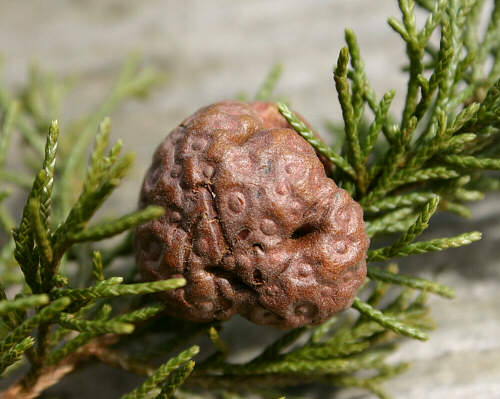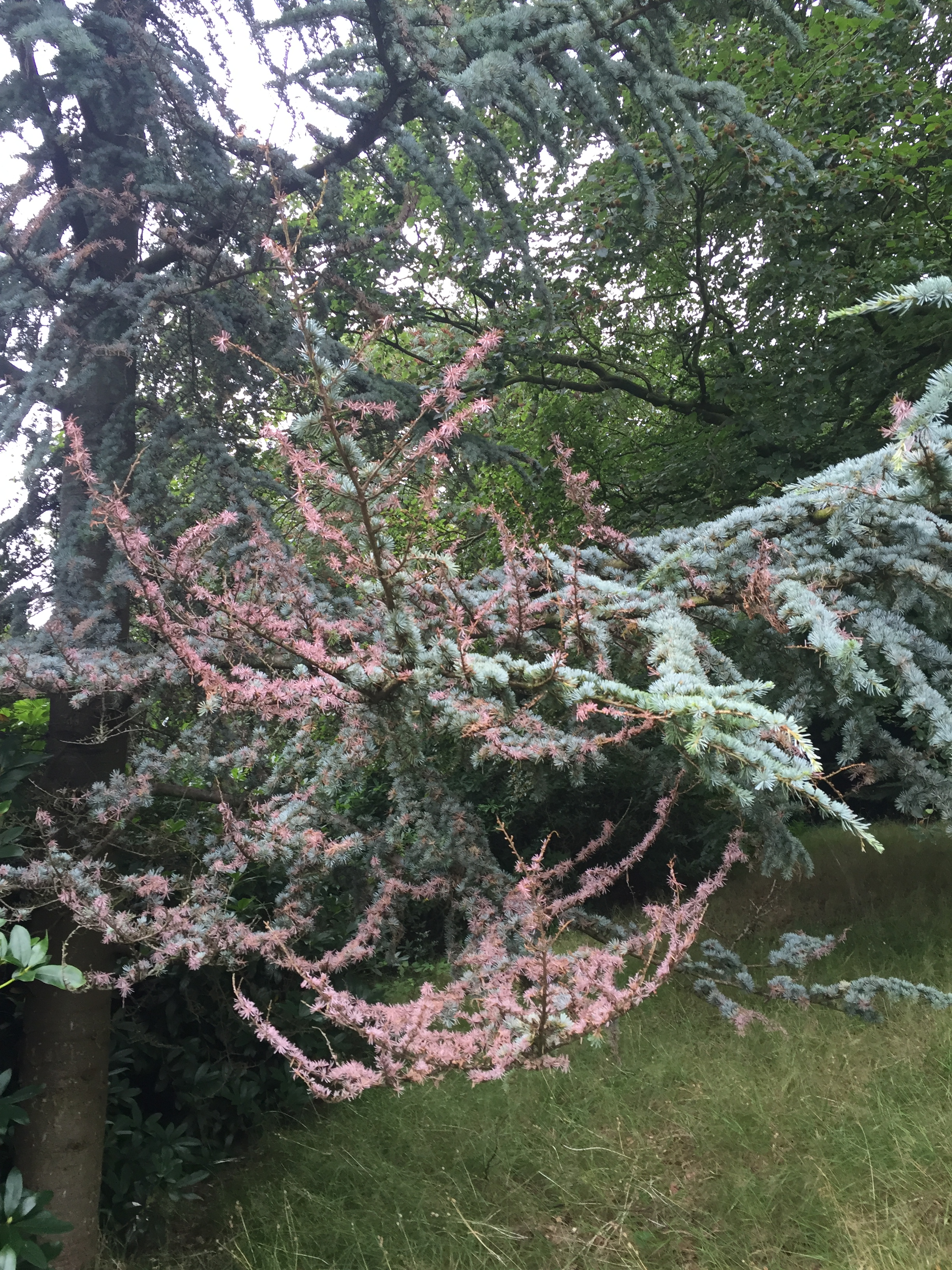cedar tree disease identification
In periods of drought water trees thoroughly. Disease Identification Cedar incense rust is a common cause of cedar tree death.

3 Diseases That Can Impact The Health Of Cedar Hedges In Chilliwack
The bark is blackish-brown with closely spaced ridges and cracks and twigs are brown and slightly hairy.
. The fungal pathogens overwinter in the galls and then spread to the rose host in the following spring. Bright orange to red leaf spots occur on apples hawthorns and other plants in the Rosaceae family. Cedar should be spaced at least 25 feet apart or grown in widely separated clumps to avoid tree-to-tree disease spread.
Similar to apple scab some species of rosaceous plants may prove more immune than others. The needles are clustered along the twigs. Hardy woody galls witches brooms and swollen stems covered in gummy orange fungal growth in spring occur on juniper and eastern red cedar.
Dieback of cedar hedging in the landscape is a common prob-lem. Diagnose what cedar tree pest or disease may be affecting your tree by observing the foliage and trunk. A fungal disease cedar incense rust may produce light symptoms or it may cause the tree to appear sick for many years.
You can identify this cedar by its horizontal branches. Many of the trees do have a lot of lichenmoss. It has a distinct shape with several trunks and clear horizontal layers in its structure.
Another sign that your tree is. Cedar Tree Identification Clumps of small needles arranged spirally on short and woody stems identify the Cyprian cedar. The best part about this tree is that it can be exposed to full sun high levels of humidity that help it grow.
In the spring affected trees display dead needles on. The scaly bark can appear somewhat smooth on immature red cedars and the grayish bark exfoliates revealing red bark. In winter wrap young thin-barked trees such as maples and apples to prevent sunscald and frost cracks.
This disease causes leaves to turn orange or form rust-colored spots on the surface. You may discover a different pest or disease attacking your trees and you should report it or request a diagnosis from. These can indicate that the cedar tree has cedar apple rust.
The cones that form singly and stand upright at the ends of the short shoots. In the case of infectious cankers remove branches six to 12 inches below the canker. Keep an eye out for galls on twigs and branches.
Leaf rust is a common problem but rarely is serious. Anthracnose actually means ulcer-like sore and that is why it describes a family of fungal infections because it is based on the symptom rather than the specific fungus. Disease Symptoms When fungal pathogens invade cedar trees through bark cracks they cause lesions that are called cankers.
The red cedar has identifiable peeling bark that shreds in long thin strips. Eliminate them as they will only reappear again the following year. Anthracnose is a disease from a family of fungi that cause sunken dark lesions or cankers on leaves stems flowers and fruits of trees and shrubs.
Eastern red cedar bark of a mature tree Bark on the eastern red cedar trunk and twigs is described as distinctly thin with a gray to reddish-brown color. Its cones emerge as green before turning to light brown as they mature. As an ornament they can grow up to 50 feet tall and 30 feet wide.
Suddenly many if not most of our cedar trees are having portions of branches die and turn brown. Fossil evidence has shown that it occurred in large parts of the continent. Identification These can grow up to 160 feet in height naturally.
It also affects shrubs such as privet. Anthracnose fungi need water to spread and infect so the disease is more prevalent during wet cold springs. These are signs of mites.
Close examination reveals small yellow-orange bumps filled with powdery spores on the leaves. Cyprian cedar has grayish-brown bark that fissures as the tree matures. Keep trees healthy and prevent infection.
Contact with the red cedars wood or leaves can cause mild skin irritations in some people. The best defense against canker is prevention. Anthracnose is a common disease among deciduous trees especially sycamore ash and oak.
The causal fungus remains within the tissues of the cedar tree for many years after infection. Early signs of this disease on cedar trees include swollen areas called galls forming on the branches. It is characterized by yellow spots on the upper leaf surface.
Request a diagnosis The information in the table above is not exhaustive. Mites winter in the trees. Severe cases of cedar-apple rust typically cause branch dieback.
Cedar and cypress bark beetles Phloesinus spp are hard cylindrical insects about the size of a grain of rice. You will often find it categorized under foliar tree diseases. These portions are throughout the tree and right amongst what appears to be healthy green portions.
Bark beetles feed in the inner bark of the trees trunk or branches. Eastern Red Cedar Berries Eastern Red Cedar Bark References. Mites favor hot dry conditions.
Death is usually the result of a combination of envi-ronmental stresses soil factors and problems originating at planting. Cedar rusting is also commonly known as Cedar apple rust and is found on most rosaceous plant varieties. These fungi rarely cause serious damage to their hosts and do not require management in most cases.
Multiple cankers girdle branches severing nutrient transport and. Identification and symptoms Cedars have needles arranged spirally on the young leading shoots and in whorls on short spur-like side-shoots. Other tree species should be favored within a 50-foot-wide band below roads and 30 feet on each side of drainages that could carry infested water.
A few trees have become mostly brown but at this point most are less than half brown. Examine the tree for yellowing in the inner foliage and any fine silk webbing. Gel-like orange growths frequently sprout from these galls.
The pollen of eastern red cedar is an allergen but less potent than that of Ashe juniper. Free cedar trees can be great additions to the landscape. It causes unsightly dark sunken lesions on leaves stems flowers and fruits.
Rusts are fungal diseases that affect leaves of several hardwood species. Well-drained moist soil is. In most cases it is not possible to pinpoint one single cause.
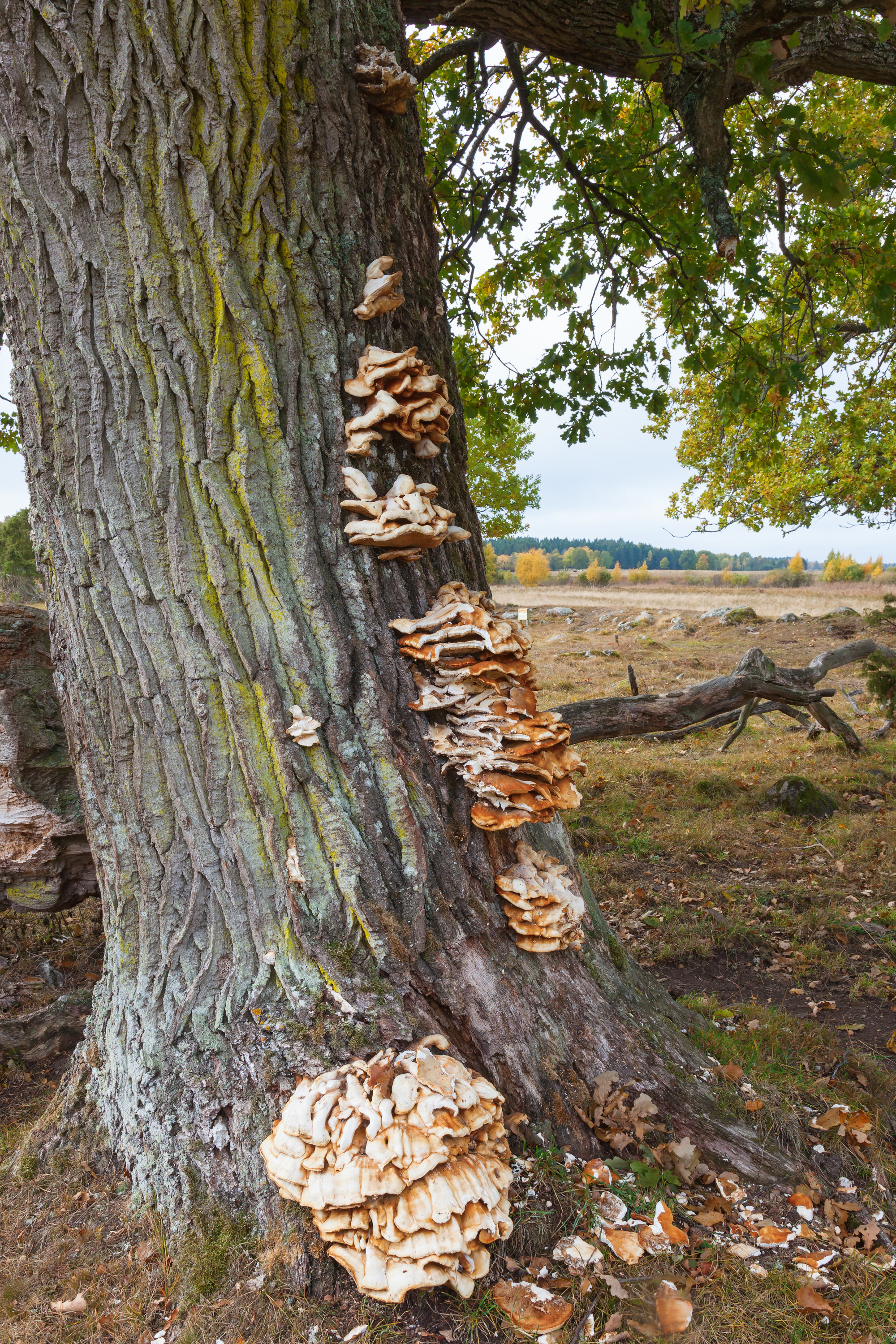
Common Problems With Western Red Cedars Inexpensive Tree Care

How To Identify Prevent And Control Cedar Apple Rust Gardener S Path
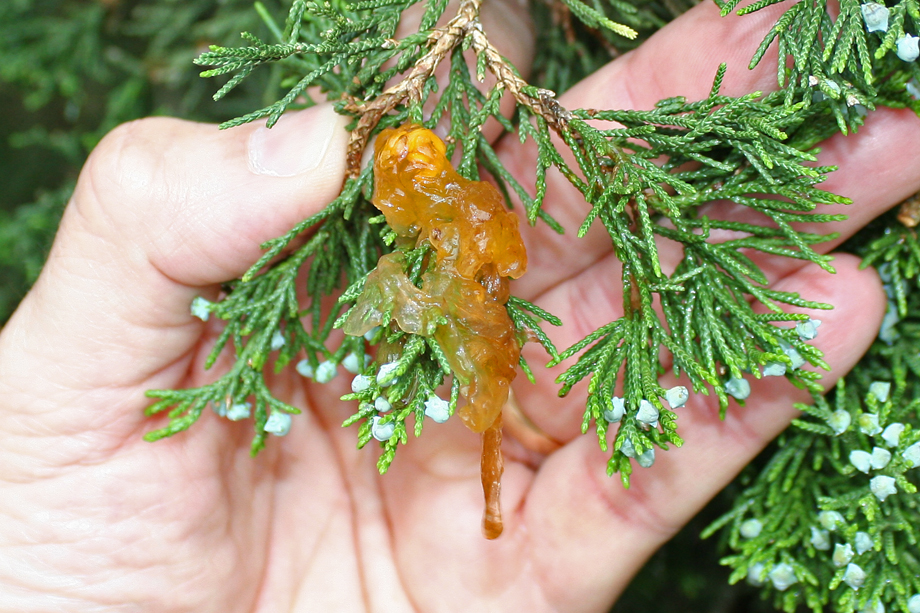
Tree Diseases Cedar Hawthorn Rust Iron Tree Tree Knowledge Base
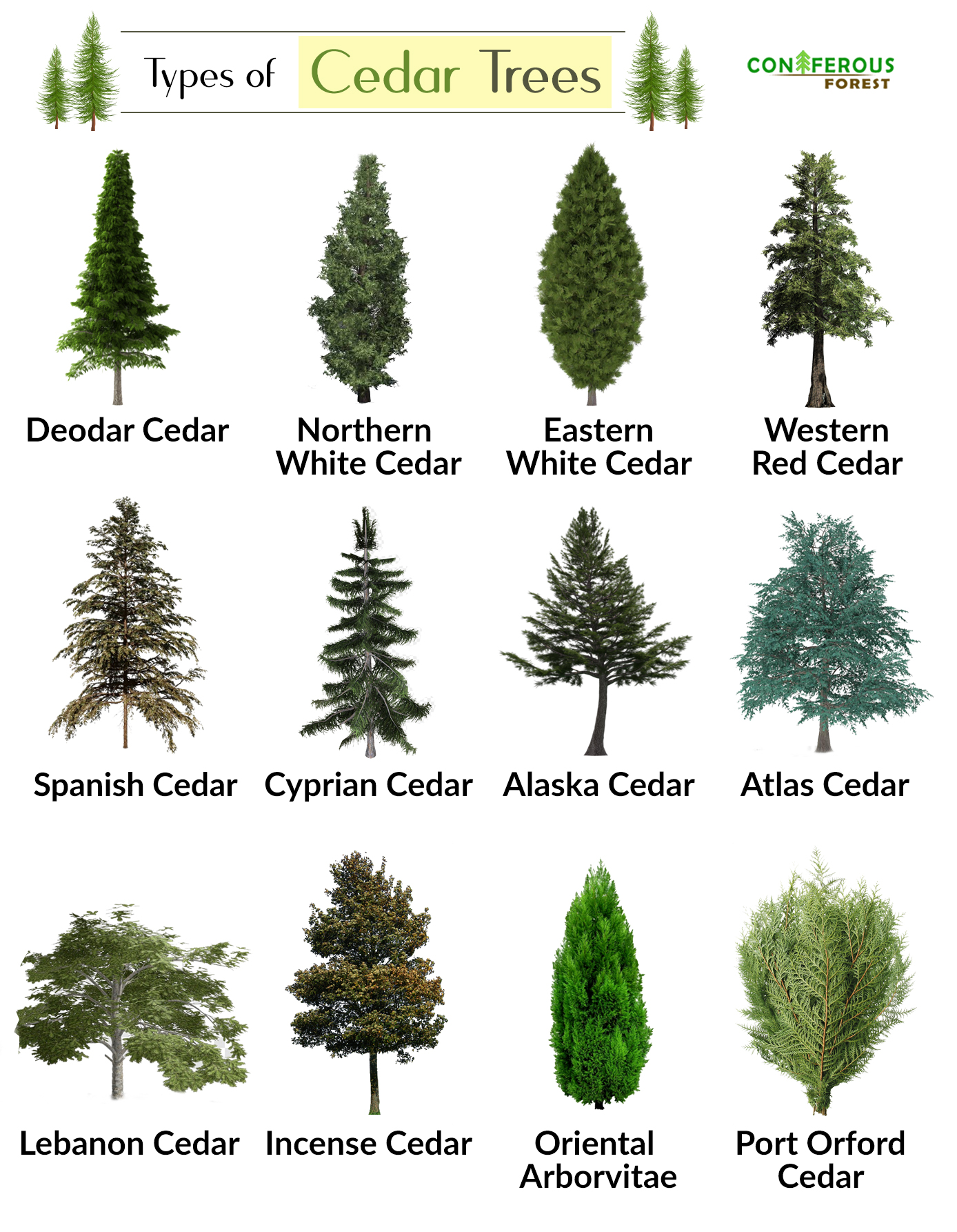
Cedar Tree Facts Types Identification Diseases Pictures

Cedar Incense Branch Canker Pacific Northwest Pest Management Handbooks

Cedar Western Red Thuja Plicata Leaf Blight Keithia Blight Pacific Northwest Pest Management Handbooks
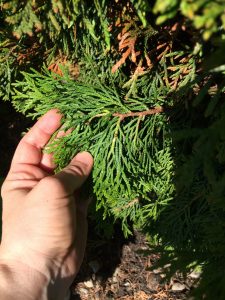
Emerald Cedar Problems Toronto Master Gardeners

Port Orford Cedar Root Disease Forest Pathology
Cedar Tree Disease Identification 432215 Ask Extension

Common Problems With Western Red Cedar Trees Inexpensive Tree Care Pests Disease Dehydration Home And Garden Western Red Cedar Cedar Trees Tree Care
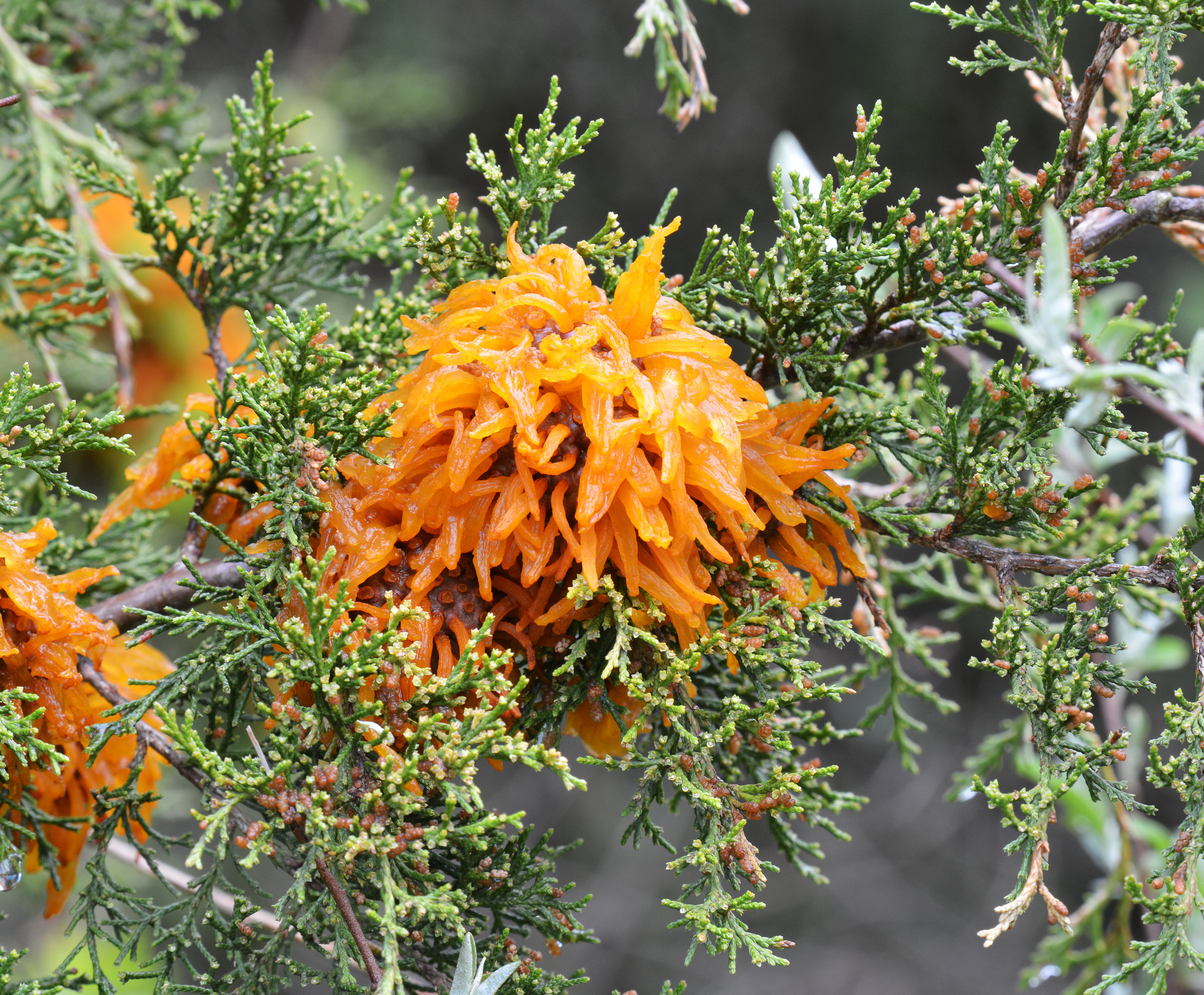
5 Common Tree Diseases How To Protect Your Trees
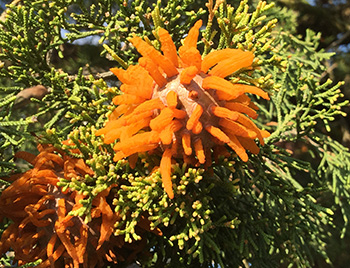
Cedar Apple Rust A Tale Of A Fungal Disease With Two Hosts Msu Extension

How To Identify Prevent And Control Cedar Apple Rust Gardener S Path

Cedar Apple Rust A Tale Of A Fungal Disease With Two Hosts Msu Extension
